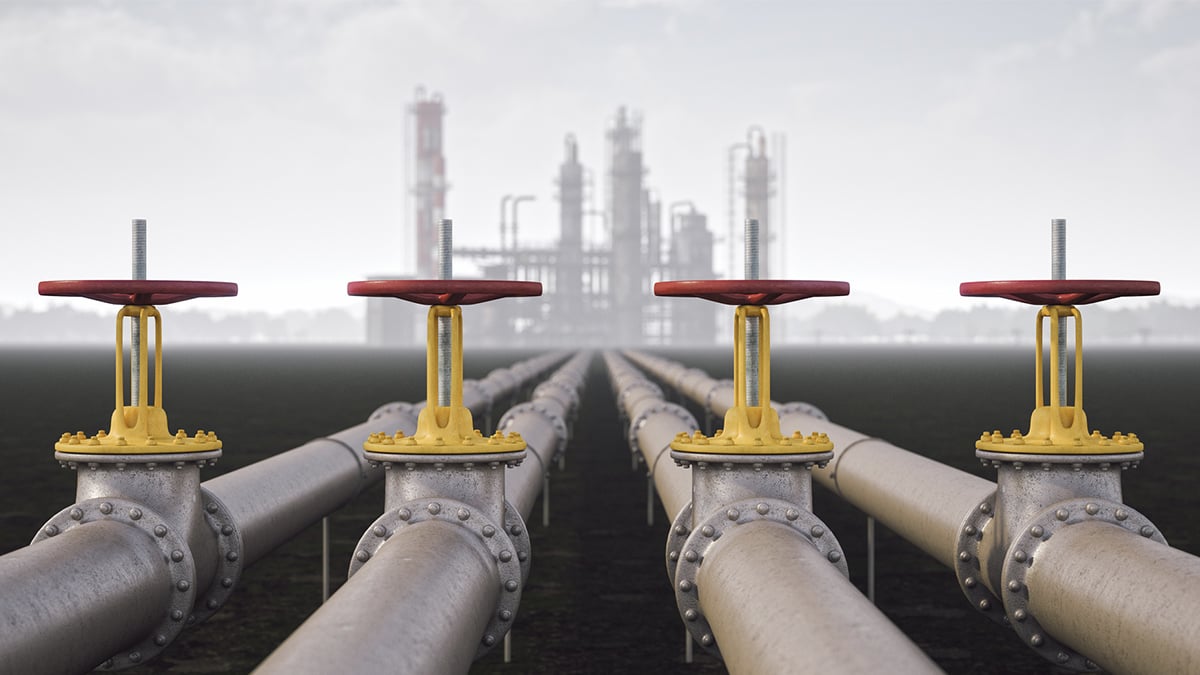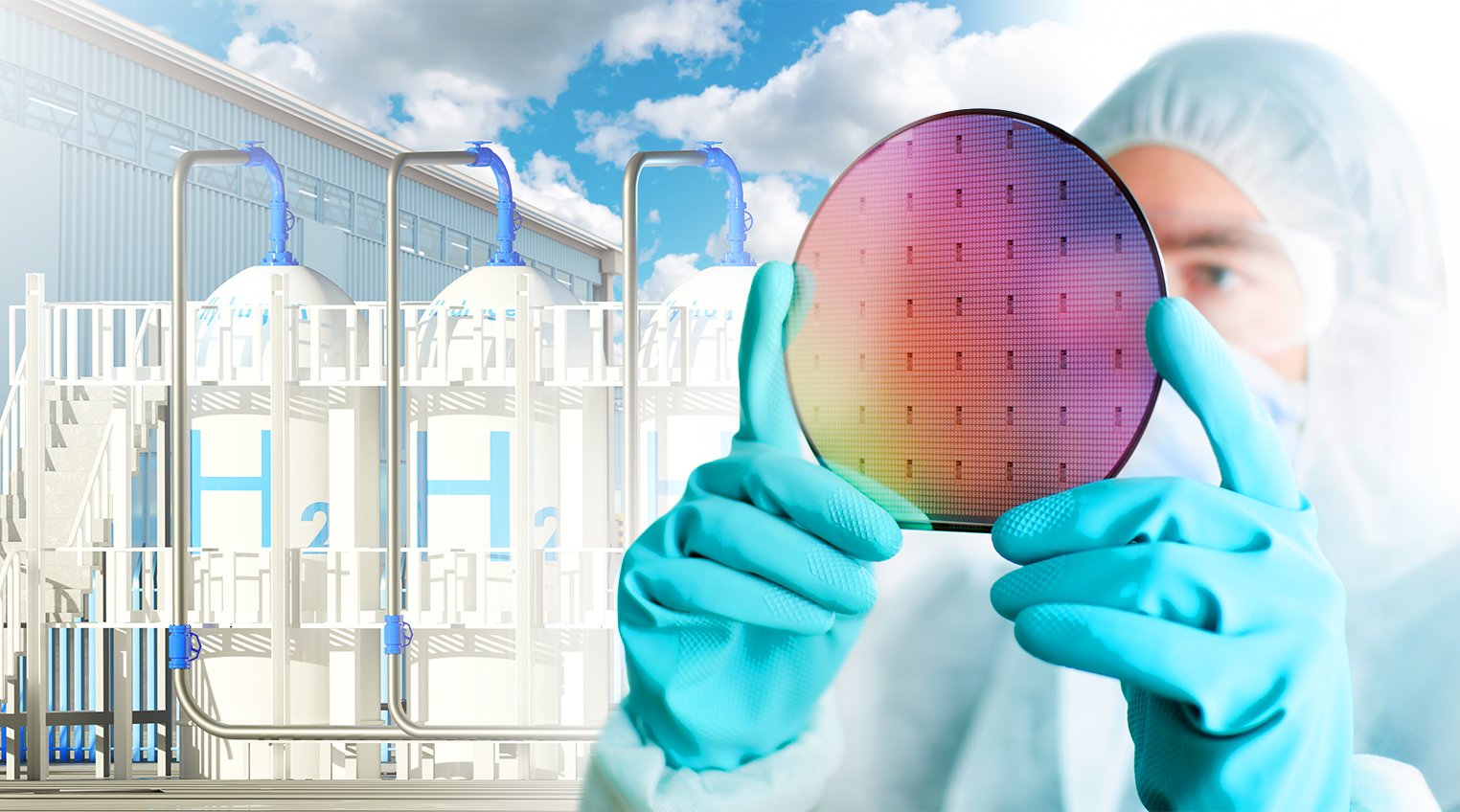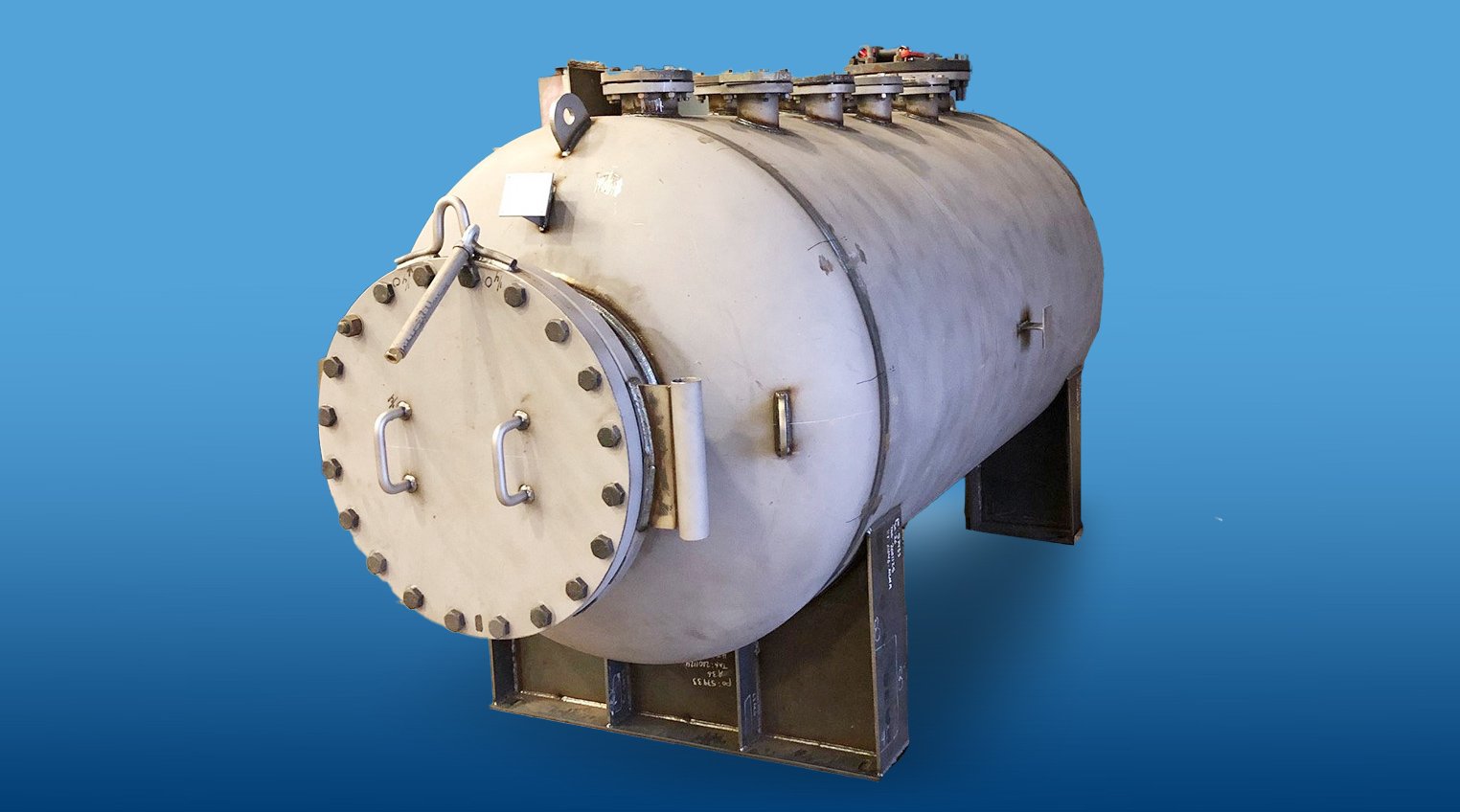A Better Alternative to Fusion Bonded Epoxy for Corrosion Protection
Fusion bonded epoxy (FBE) coatings have been a widely used method of corrosion prevention for pipeline fittings in oil and gas, chemical processing, and other harsh environment industries since their introduction in the 1960s. Although a popular choice, it is not without its limitations.
Newer technologies and materials certainly have been developed over the last twenty years that offer a compelling improvement to the FBE materials of the past. This paper describes how rotolining, a rotational molding process, provides a more durable, longer-life solution for pipelines and is proven effective in hundreds of the most demanding applications around the world.
Rotolining essentially molds a permanently bonded liner to the inside diameter of a pipe or to the working surfaces inside of a pipe fitting. Its chemical and mechanical properties provide a variety of performance enhancements that cannot be matched by fusion bonded epoxy coatings.
FUSION BONDED EPOXY COATINGS
To fully understand the differences between FBE and rotolining, we need to first take a look at how fusion bonded epoxy coatings are applied.
Whenever a surface coating is applied, the finished quality of the coating generally depends upon the thoroughness of the surface preparation. This is true when painting a car, staining a piece of furniture, or applying a corrosion protection liner. For both FBE and roto-lining, the surface first needs to be coated to be cleaned of any grease or oil and then taken to a condition called “near white metal” by shot or sandblasting. The abrasive process creates an additional surface area on a microscopic level and leaves the surface chemically active. Both of which improve bonding.
If the working surface is not completely clean of contamination prior to application, the coating will fail prematurely, due to lack of adherence. Poor bonding can lead to voids between the liner and the surface, eventually causing delamination of the liner from the surface to which it was applied. The process of applying fusion bonded epoxy is very similar to powder coating. An epoxy resin powder that has been positively charged is applied to a negatively charged and heated part to be coated. The electrostatic attraction between the two holds the epoxy powder in place until it liquefies and flows uniformly over the hot surface. The coated part is then cooled at a controlled rate to promote uniformity in the coated surface. When properly prepared and fully cured, FBE linings provide a seamless, permanently bonded method of corrosion prevention.
That sounds good in theory, but it’s not always the case in practice. There are some inherent limitations of FBE liners that negatively impact their durability. Due to constraints in the application process, coating thicknesses with FBE are limited to 0.04”, roughly the thickness of a credit card. While this will provide some degree of corrosion prevention when used as a liner in a pipe fitting, its durability is compromised by its minimal thickness. FBE is typically applied with a spray nozzle or gun, with long, straight lengths of pipes being coated relatively easily with automated equipment. However, the complex geometries that can be present in pipe fittings are a different ball game. Typically, these parts have to be coated manually, if they can be coated at all, which can lead to inconsistencies in the coating that then lead to liner failure.
Solid particles in flow media, such as sand, will wear out FBE liners rapidly. This limitation is exacerbated in sections of the piping system that are not straight lines and constant cross-sectional area, such as an elbow, tee, or throat. These geometries cause turbulence in the flow media, which accelerates wear on these internal surfaces.
ROTO-LINING vs FBE COATINGS
Rotolining is a highly effective alternative to FBE, providing the same or better protection without FBE’s limitations.
Rotolining of course shares the same surface preparation requirements as fusion bonded epoxy. All working surfaces are cleaned of grease and oil and then abraded to near white metal. A polymer chosen for the appropriate corrosion protection qualities is applied in the granular form inside the fitting or pipe section. It is then and heated while being simultaneously rotated about two perpendicular axes. During the heating cycle, the polymer particles melt and adhere to the metal substrate, forming a uniform layer of thermoplastic. Typical wall thickness extends up to 0.450”, depending on the size of the part and service requirements. Some of the most common liner materials are HDPE (high-density polyethylene), ETFE (Tefzel), PFA (Teflon), PVDF (Kynar), and Nylon 12.
After being fully coated the fitting is then cooled by a combination of forced air and water mist. The resin solidifies and permanently bonds to the substrate with a bond strength exceeding the tensile strength of the liner, creating a seamless fully protected component. The liner material extends out onto the flange face and is machined to tight tolerances to provide a sealing surface. This added benefit of rotolining may eliminate the need for gaskets between fittings. The entire process of lining a part can usually be completed in less than a day, depending on the complexity of the geometry and the amount of surface preparation that needs to be done.
There are some size restraints on parts that can be roto-lined, as the parts need to be able to fit into the oven used in the lining process. However, straight lengths of pipe up to 20 feet long and fittings or other parts such as storage vessels that will fit within a 12-foot sphere are possible.
THE UNDENIABLE VALUE OF ROTOLINING
The ability to coat parts with complex geometrics, to a much greater thickness, while using a wider variety of coating materials, gives roto-lining a distinct advantage over fusion-bonded epoxy. FBE and roto-lining are both capable of providing a seamless protective coating, roto-lining lasts longer over a much broader range of operating environments.
Why does durability really matter? Because the longer a process fitting can stay functional without concern of corrosion, the longer the process can run without downtime. Beyond the cost of lost production associated with downtime, there is the cost to replace the affected fitting, which might be 20 feet underground. Decommissioning of a line and excavation are costly undertakings. It is obvious that the run-time between maintenance shutdowns should be extended as long as possible.
Of course, the cost differences between these two coating methods do need to be considered as well. Roto-lining can cost up to twice as much as FBE for a given part. However, a roto-lined coating can be expected to last three times longer FBE, in the same operating environment. So, while initial purchase price alone favors FBE, roto-lining is the clear winner for lifetime cost.
There are additional “soft cost” issues worth noting. Because of their limited durability, FBE-coated fittings require more frequent inspection and maintenance. Additionally, the potential safety and environmental risks associated with a liner failure are minimized by using roto-lined parts.
Rotolining technology is newer than FBE; and, as a result, not familiar to some engineers. However, its use is growing as it becomes better known in the industry. With the wide range of available lining materials and thicknesses, more than ten times those of FBE coatings, the corrosion protection lining performance of rotolined coatings makes it a compelling choice – especially for the most demanding applications.






